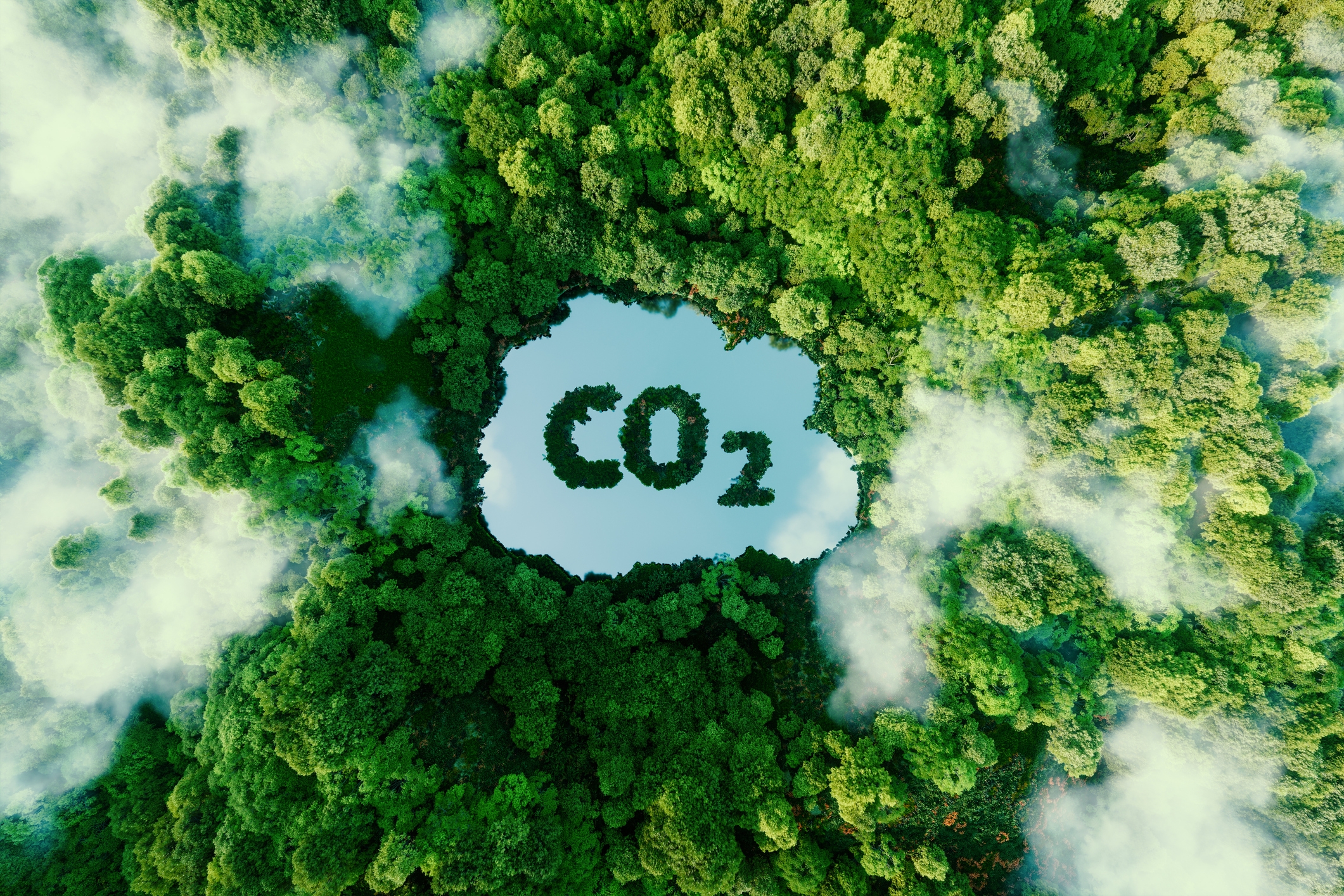Emission trading for CO2 and other greenhouse gases

Event Description
This talk will explain how carbon emissions trading works and illustrate some contracts through the Ulster University Bloomberg Trading Laboratory.
Carbon emissions trading is a mechanism, known as cap-and-trade. It aims to reduce greenhouse gas emissions by setting a cap on the total amount of emissions that can be released by a group of sources (e.g., a country, a sector, or a group of companies). This cap is typically expressed in terms of carbon dioxide equivalent (CO2e), which is a measure of the global warming potential of different greenhouse gases.
Emissions trading is an important tool for achieving net zero emissions because it allows governments to set a clear and ambitious target for reducing emissions, and provides a mechanism for achieving that target by creating a market for emissions reductions. By creating a financial incentive for sources to reduce their emissions, emissions trading can help drive the deployment of low-carbon technologies and practices, and support the transition to a more sustainable and low-carbon economy.
In addition to being an effective policy instrument for reducing emissions, emissions trading can also provide a range of other benefits, including increased transparency and accountability in the emissions reduction process, and the potential for generating revenue for governments through the sale of emissions units.
You might like these too…
Want to see more?
View all events


